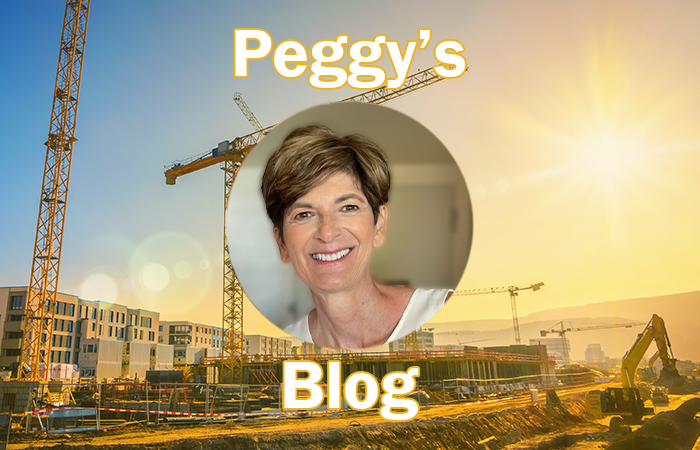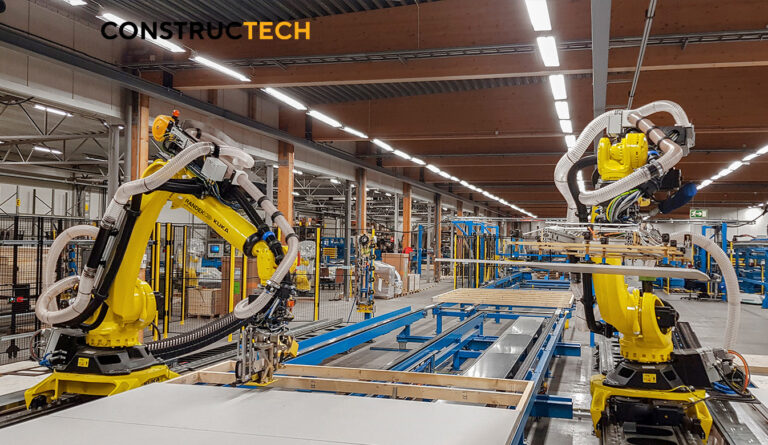If you caught my blog last week, then you know industrialized construction is a growing trend to watch. For today’s blog, let’s dig a bit deeper into one specific area—modular construction. Building off-site is often more cost effective and leads to better quality, greater safety, and less waste. Often, modular construction is faster too than traditional construction methods.
Grand View Research suggests the global modular construction market will grow at a rate of roughly 7.9% from 2025 until 2030, due to the need for affordable housing and new investments in the development of both healthcare and commercial infrastructure.
The Modular Building Institute defines modular construction as a process in which a building is constructed off-site, under controlled plant conditions, using the same materials and designing to the same codes and standards as conventionally built facilities—but in about half the time.
The reason it is called modular construction is because it is built in modules that are then connected on site. There are two different types:
Permanent modular construction, which is a construction delivery method using offsite, lean manufacturing techniques to prefabricate single or multi-story whole modular prefabricated building solutions in deliverable sections. The modular construction industry serves multiple markets, including multifamily housing (20%), office buildings including government facilities (18%), educational buildings (15%), retail (11%), and healthcare (6%).
Relocatable buildings, which is a partially or completely assembled building that complies with applicable codes or state regulations and is constructed in a building manufacturing facility using an offsite modular construction process. The industry consists of approximately 500,000 relocatable buildings, with public school districts operating about 200,000 of these as classrooms, and the industry owning and leasing around 300,000 buildings.
The institute suggests since construction of modular buildings can occur simultaneously with the site and foundation work, projects can be completed between 30-50% sooner than traditional construction. Also, with 60-90% of the construction completed inside a factory, it mitigates the risk of weather delays. Let’s consider a few examples from different areas of construction.
Journey to Idaho Falls, Idaho. Here the 1,189-sq.-ft., Eurofins Idaho Food Safety Laboratory was constructed in just 128 days, leveraging advanced design elements and efficient resource use. In this case, modular construction enables control during construction and ensures the facility met stringent safety and quality standards. At the end of the day, the lab included many rooms with different functions such as incubation rooms, sample prep areas, and pathogen testing spaces, just to name a few.
As another example on the residential side, Mandalay Homes announced earlier this year a new partnership with FrameTec that is redefining how homes are built. FrameTec uses advanced framing technology that leverages robotics and AI (artificial intelligence) to construct homes with more precision, reduced waste, and greater sustainability. Mandalay Homes says this will lead to greater quality and sustainability and will accelerate the timelines. The pre-engineered components reduce on-site construction time, allowing homeowners to move into their dream homes faster than ever before.

While these are only two examples, there are many successful case studies around the world in many different types of construction. Sure, the market is still smaller than traditional construction, but the opportunities are still limitless, as I always like to say.
Want to tweet about this article? Use hashtags #construction #IoT #sustainability #AI #5G #cloud #edge #futureofwork #infrastructure


